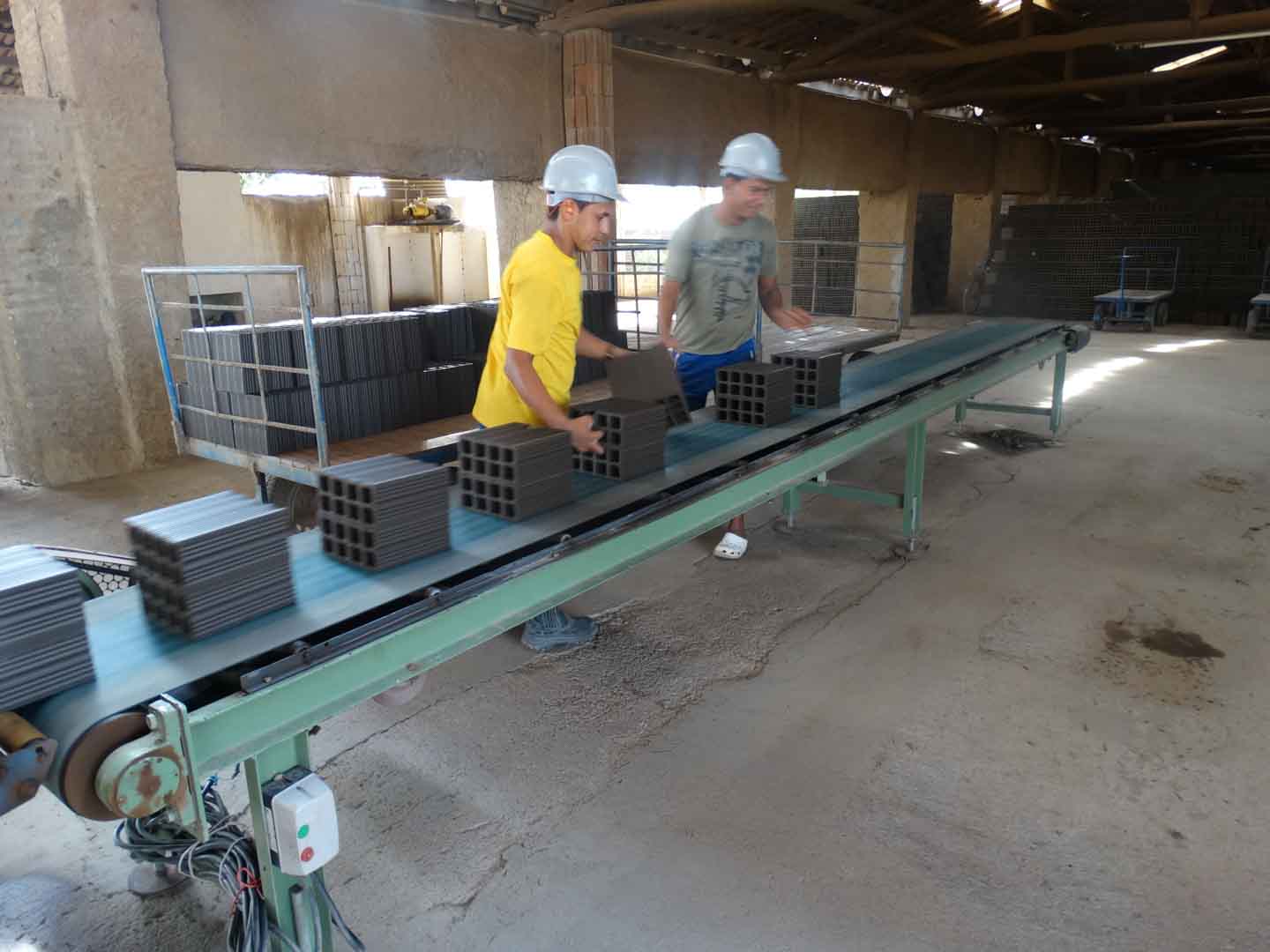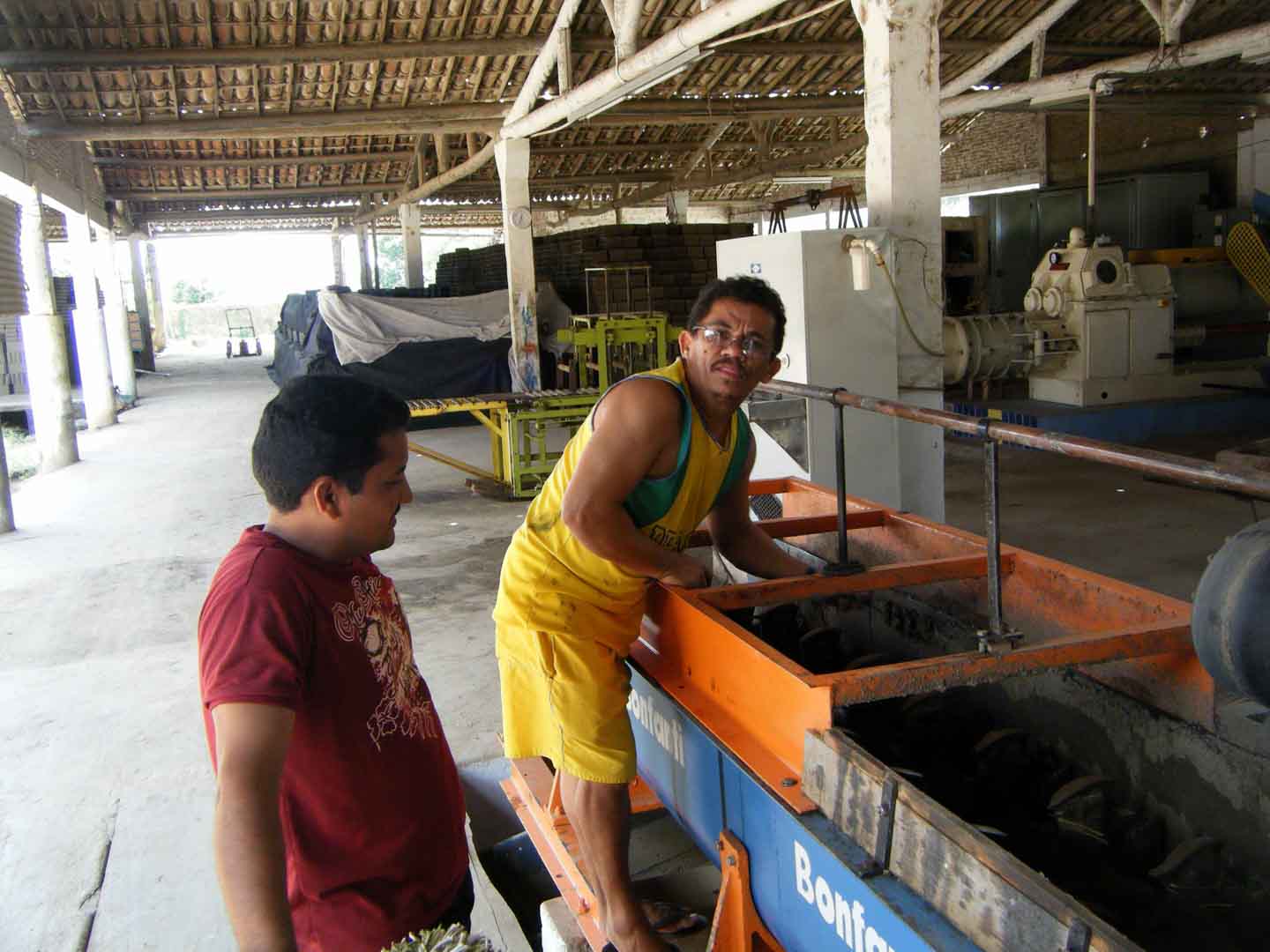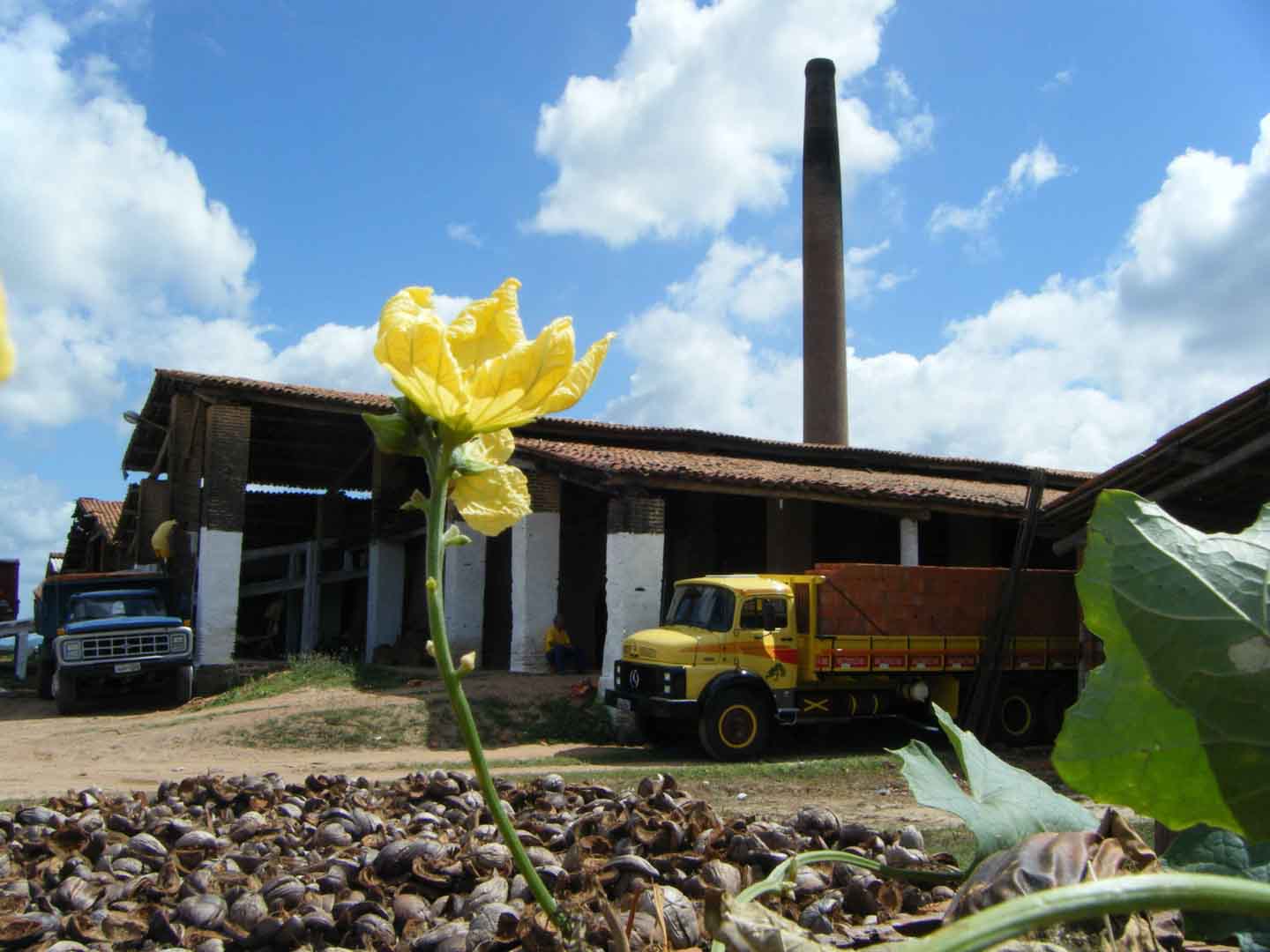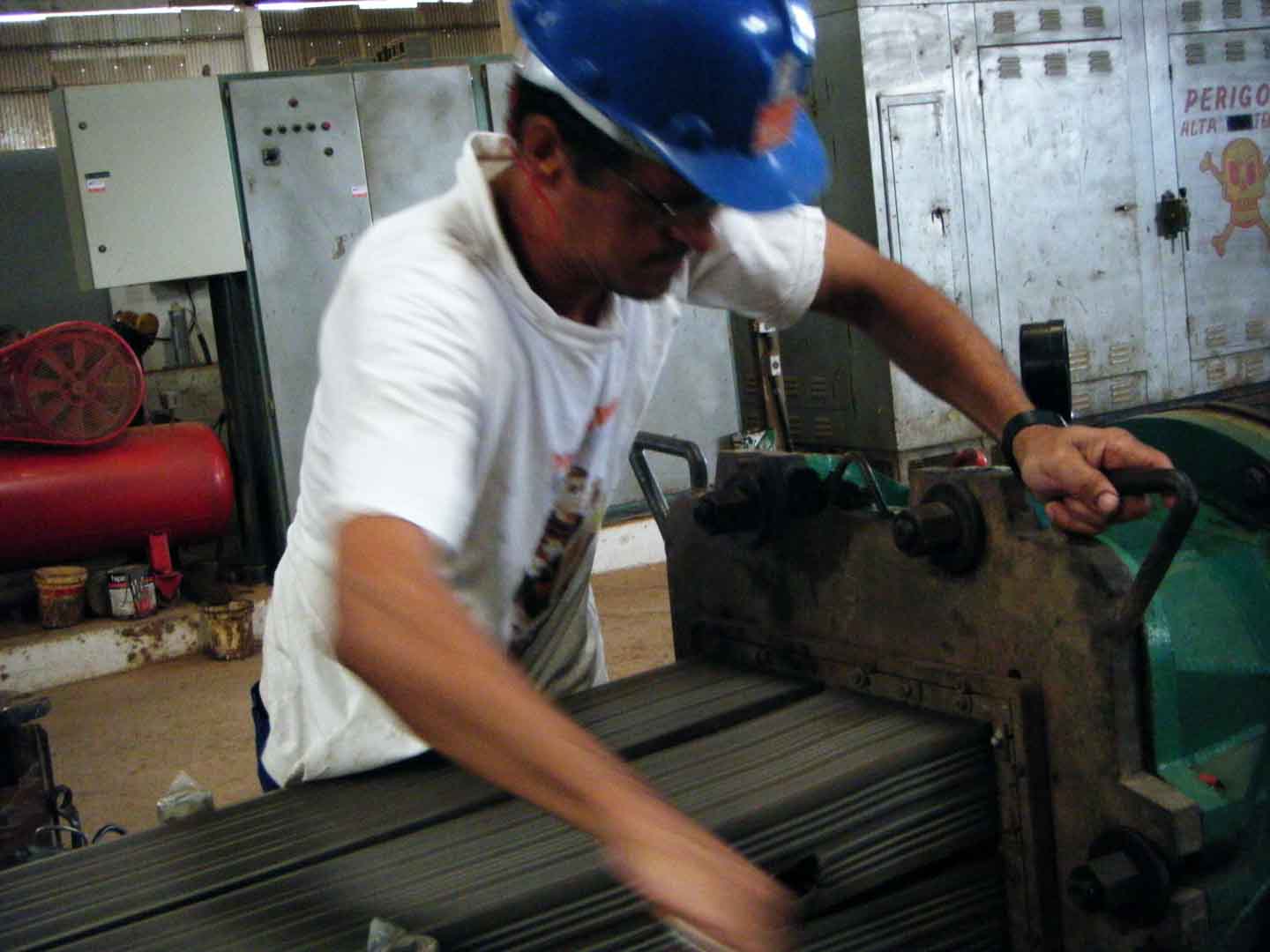Energy from biomass to protect the Caatinga
Most ceramic factories in Brazil depend on large amounts of firewood for their heat energy supply. The consequence is a massive deforestation of wood areas, including sensitive and important mangrove forests. This also affects the Caatinga in northeastern Brazil, an ecoregion with an enormous biodiversity and more than 900 flora species, which has been negatively affected for decades.
The traditional Tavares Group produces bricks and tiles for the regional market at five production sites. In order to tackle climate change the factories started fueling their kilns with renewable biomass instead of native wood. They use cashew nut shells, coconut husks and wood from sustainably managed forest areas. Grupo Tavares has implemented complimentary measures to improve energy efficiency at their production sites, for instance by optimizing the load factor of their kilns. In addition, the factories treat industrial wastewaters to be used in the production process. This saves fresh water in the region which is increasingly threatened by severe droughts.

How biomass projects help contribute to climate action
Biomass refers to organic residues such as tree branches, leaves, sawdust, wood chips or coconut shells. Those are of a biogenic, non-fossil nature that can be used to generate renewable energy. One way to generate renewable energy, among others, is to fire kilns using biomass. This process prevents harmful smoke and large quantities of CO2 to be released.
As an additional greenhouse gas reduction measure, biomass climate projects mostly prevent biomass from rotting in the open air, so that no methane (CH4) is released. Biomass projects in the ClimatePartner portfolio are registered with international standards.
Explore our projects
Biochar for Climate Action, Healthy Soils, and Better Harvests

A certified climate project combined with additional commitment

Expansion of renewable energy generation in Asia

Ceramic water filters save CO2 and improve health

Improved cookstoves worldwide – for better health and cleaner air

A certified climate project combined with additional commitment

Powering access to renewable energy in Africa

A certified climate project combined with additional commitment

Restored ecosystems remove carbon

Turning degraded farmlands into healthy ecosystems

Improved cookstoves - better for health and the environment
























